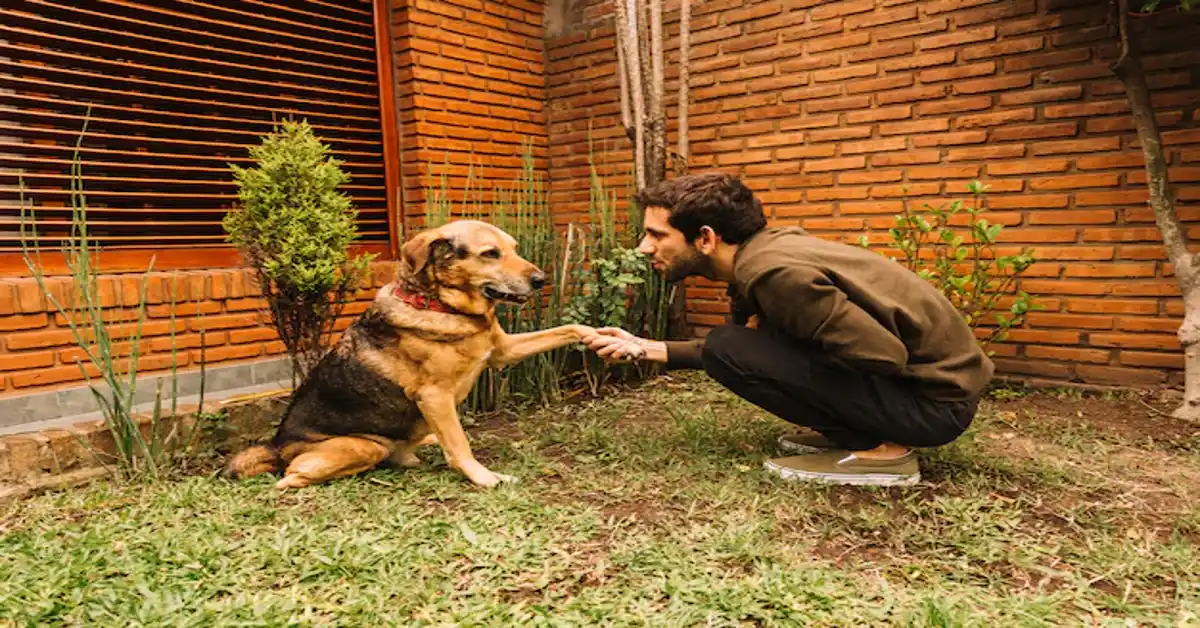Choosing the right dog daycare can feel like a daunting task. After all, your pup is not just a pet; they’re family. You want them to be safe, happy, and engaged while you’re away. With so many options out there, how do you know which one is truly the best fit for your furry friend?
In this ultimate guide, we’ll explore everything you need to consider when selecting a dog daycare that meets both your expectations and your dog’s needs. From environments that promote socialization to resources that keep their tails wagging, we’ll cover it all! Whether you have an energetic puppy or a laid-back senior dog, this guide will help you find the perfect place where both of you can feel at ease during those busy days apart. Ready to dive into the world of dog daycares? Let’s get started!
Background
The concept of dog daycare has gained massive popularity in recent years. As more people embrace busy lifestyles, the need for reliable care options for their pets has skyrocketed. No longer just a luxury, dog daycare is now seen as an essential service.
These facilities provide dogs with a safe space to socialize and play while their owners are at work or away from home. They cater to various needs, ensuring that pups can enjoy enriching activities throughout the day. This not only helps keep them healthy but also mentally stimulated.
Many pet parents view dog daycare as a solution to separation anxiety or boredom when left at home alone. Dogs are social animals by nature, and spending time with other furry friends can significantly improve their mood and behavior. A well-structured environment allows them to burn off energy in positive ways.
While some might think of it merely as “dog sitting,” quality daycare services go beyond simple supervision. Trained staff members often facilitate structured playtime and monitor interactions among the dogs closely to ensure safety and comfort for all participants.
Today’s dog daycares also prioritize personalized care tailored to each dog’s individual temperament and needs. Facilities may offer specialized programs based on age, size, or activity level—making it easier than ever for your pup to thrive in this setting.
As you begin your search for the right facility, understanding this background will help clarify what makes a great dog daycare stand out from the rest!
Environments
When it comes to dog daycare, the environment plays a crucial role in your pup’s happiness and well-being. Different places offer varying atmospheres that can significantly impact your dog’s experience.
Some facilities provide spacious outdoor areas where dogs can run freely and socialize with others. This open space allows pups to burn off energy while enjoying fresh air and sunshine. It’s vital for their physical health as well as mental stimulation.
Indoor environments are just as important, especially during inclement weather or extreme temperatures. A clean, safe indoor area equipped with toys, climbing structures, and separate play zones can keep dogs entertained and engaged throughout the day.
You’ll also want to consider how these spaces are designed for safety. Fenced-in areas should be secure enough to prevent any escapes or mishaps during playtime. The layout should allow staff members to supervise all activities easily without losing sight of any furry friends.
The overall cleanliness of the facility matters too; a tidy environment reflects the level of care provided by the staff. Regular cleaning routines help minimize odors and ensure that all surfaces remain hygienic for playful paws.
Observe how other dogs interact within these environments before making a decision. Happy barks and wagging tails indicate an enjoyable atmosphere where pets feel comfortable exploring new friendships while under careful supervision.

A lively and cozy dog daycare environment where dogs of all breeds play, relax, and feel at home in a safe and spacious space
Resources
When searching for the right dog daycare, having access to the best resources can make a world of difference. Start by exploring local directories that specialize in pet services. Websites like Yelp and Google Maps often feature reviews from other pet owners, providing insights into their experiences.
Social media platforms are another excellent resource. Join community groups dedicated to pet care in your area. Engaging with fellow dog owners can lead you to hidden gems that may not appear on traditional search engines.
Don’t overlook official websites and blogs focused on canine care. Many professionals share valuable tips about choosing a daycare facility, including what questions to ask during your visit. These articles can serve as essential guides throughout your selection process.
Consider reaching out to veterinarians or trainers for recommendations as well. They often have experience with various facilities and can provide personalized suggestions based on your pup’s specific needs.
Additionally, take advantage of online forums where dog lovers gather to discuss everything from training tips to daycare options. These platforms allow you to get first-hand accounts of others’ experiences while learning about potential red flags or standout features.
Don’t forget about visiting prospective daycares yourself! Observing how staff interact with dogs and assessing cleanliness will give you invaluable information beyond ratings alone. Trust your instincts; finding the right environment is crucial for both you and your furry friend.
Comparison of Services
When it comes to dog daycare, not all facilities offer the same services. Understanding what each one provides can help you make an informed choice for your pup’s care. Some daycares focus solely on supervision and playtime, while others offer a broader range of activities.
Grooming is one area where some dog daycares excel. A facility that includes grooming services might save you time during pick-up, making it convenient for busy pet parents. Regular grooming helps maintain your dog’s coat and keep them looking their best.
Training programs are another feature worth considering. Many dog daycares incorporate basic obedience training into their schedule or even offer specialized classes. This can be a great way to reinforce good behavior in a fun environment while socializing with other dogs.
Health monitoring is crucial as well. Look for facilities that have trained staff who can recognize signs of illness or distress in pets. Knowing that your furry friend is being observed by knowledgeable caregivers adds peace of mind during the workday.
Socialization opportunities vary from place to place too. Some facilities group dogs according to size or temperament, ensuring safe interactions among friends both big and small! Others may provide structured play sessions led by staff members, promoting healthy engagement and exercise.
Consider the technology used at different daycare centers. Live webcams allow pet owners to check in on their pups throughout the day—an added bonus when you’re away! Facilities using advanced software often streamline booking processes and communication with clients as well.
Finding the Perfect Match
Finding the right dog daycare for your pup can feel like a daunting task, but it doesn’t have to be. The key is to take your time and do thorough research. Start by visiting potential facilities. Observe how staff interact with dogs and check if pets seem happy and engaged.
Consider your dog’s unique personality. Some pups thrive in larger groups while others prefer quieter environments. Ensure that the facility can accommodate these individual needs.
Don’t hesitate to ask questions about safety measures, staff qualifications, and training protocols. A reputable dog daycare will be transparent about their policies and eager to share information.
Look for testimonials or reviews from other pet owners in your area. Personal experiences can provide valuable insights into what you might expect.
Trust your instincts when choosing a place for your furry friend. You know them best; look for signs of happiness or discomfort during visits before making a decision.
Finding the perfect match may take some effort, but ensuring that both you and your pup are comfortable will make all the difference in creating positive experiences together at dog daycare.









